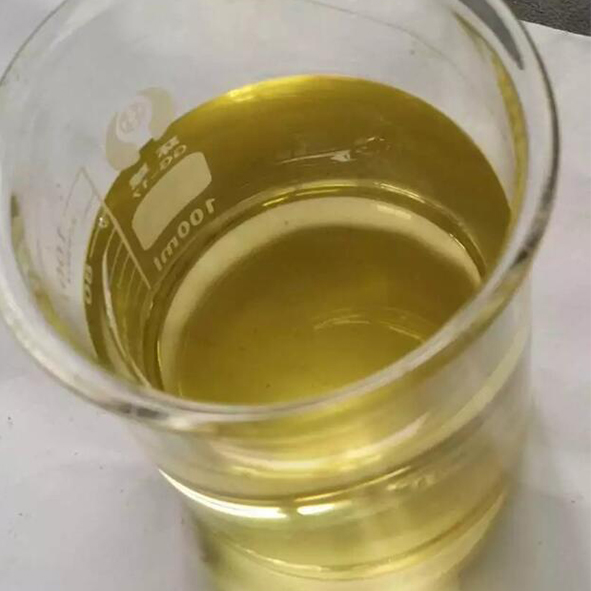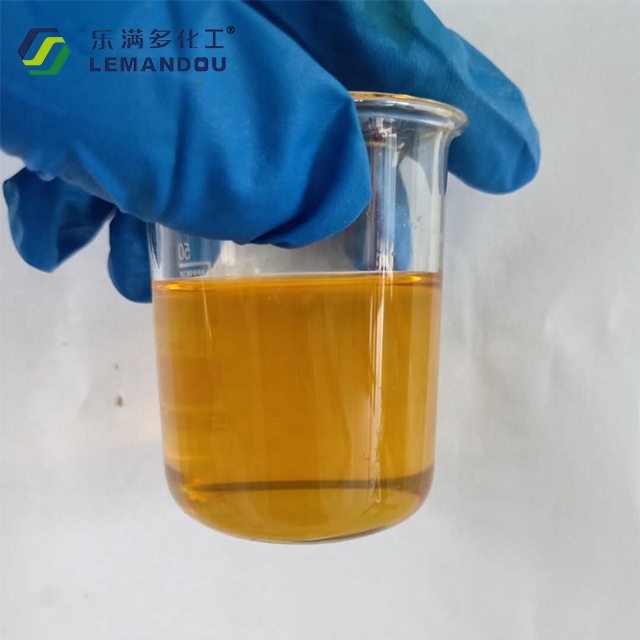Avermectin has gastric toxicity and touch killing effect on mites and insects, and cannot kill eggs. The mechanism of action is different from common insecticides in that it interferes with neurophysiological activities and stimulates the release of gamma-aminobutyric acid, which has an inhibitory effect on nerve conduction in arthropods. After contact with abamectin, adult mites, nymphs and insect larvae show paralysis symptoms, are inactive, do not feed, and die 2 to 4 days later. Because it does not cause rapid dehydration of insects, the lethal effect of avermectin is slower. Although abamectin has a direct contact effect on predatory insects and parasitic natural enemies, it has little damage to beneficial insects because of the small residue on the plant surface. Abamectin is adsorbed in the soil and does not move, and is decomposed by microorganisms, so it has no cumulative effect in the environment and can be used as an integral part of integrated control. It is easy to make, the preparation can be used by pouring it into water and stirring it slightly, and it is also safer for crops
Post time: Aug-16-2024







